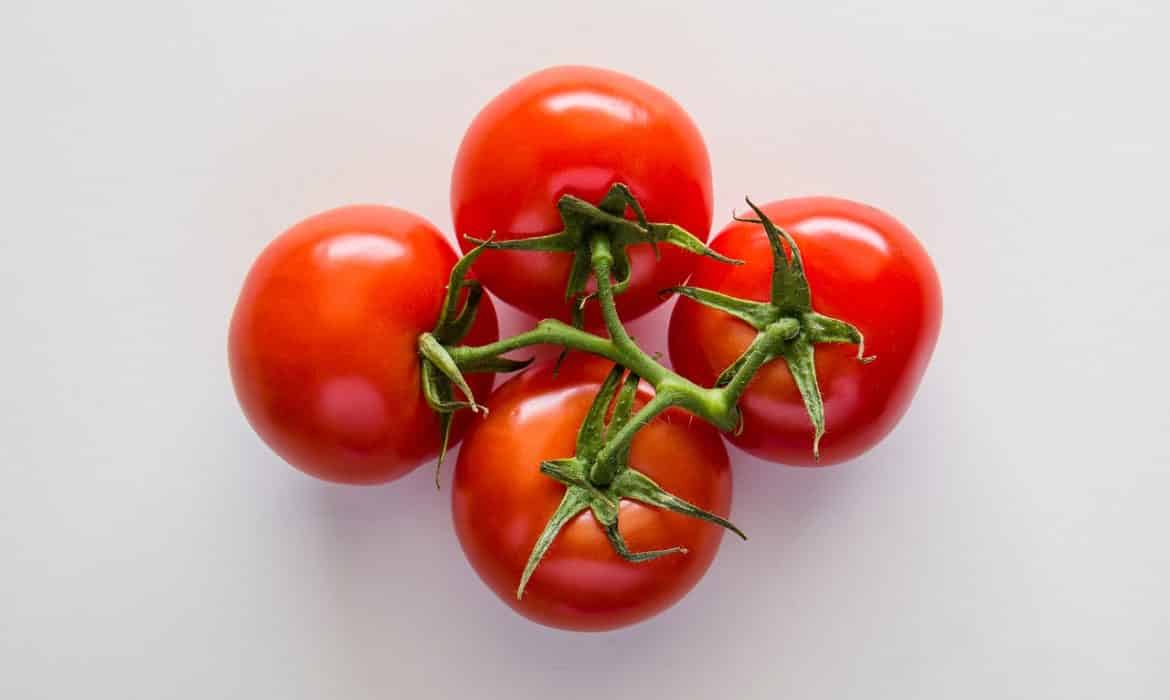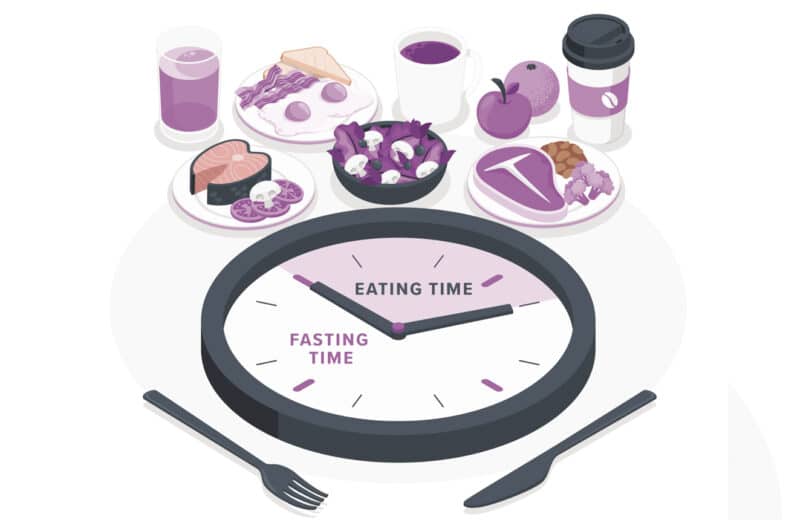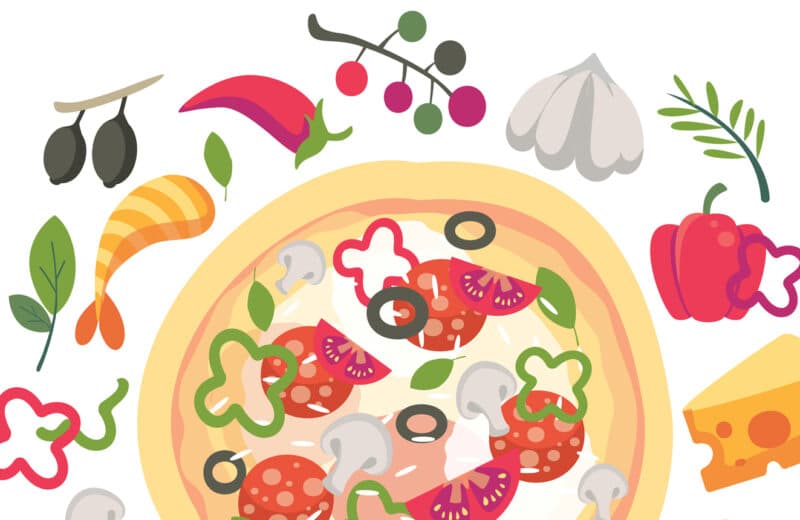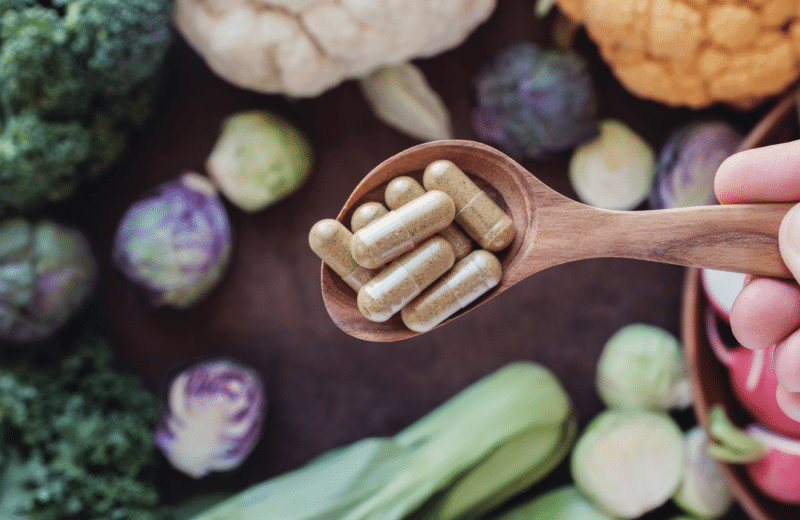Brilliant red tomatoes tug heavily at their vines, ripe and plump with the flavor and fragrance of summer.
Tomatoes were first cultivated in Mexico by the Aztecs, who named ittomatl, which means “the swelling fruit.” The delicious tomato that’s so cherished today was shunned when it arrived in medieval Europe, where it was thought to be poisonous for its resemblance and relationship to the nightshade (Solanaceae) family of plants, some of which had hallucinogenic effects. Of course, its reputation improved and this hot weather darling stars in our favorite summertime repasts, from cool gazpacho to a hearty pasta sauce, serving up tradition, flavor and good nutrition.
The facts
Tomatoes (Solanum lycopersicum) are members of the same family as eggplants, potatoes and peppers. Though we eat the tomato as a vegetable, it is actually not just a fruit, but a berry! There are more than a thousand tomato varieties in different colors — red, orange, and yellow, purple, brown and black; and shapes — round, oval, pear; and sizes — tiny grape tomato, medium Roma, large beefsteak. Tomatoes are packed with antioxidant vitamins A and C, which, along with lycopene, help protect cells from harmful free radicals. Their rich concentration of lycopene, the powerful plant chemical that gives tomatoes their beautiful red hue, is associated with many health benefits, such as heart and cancer protection.
The findings
Lycopene was found to lower the risk of prostate cancer when consumption of lycopene-rich foods, such as tomatoes, was increased (Medicine, 2015). It also has been shown to prevent and treat oral diseases, such as oral cancer, leukoplakia (patches on mucus membranes) and periodontal disease (International Journal of Preventive Medicine, 2015). And, according to a study in Nutrition (2015), drinking tomato juice daily for two months significantly reduced the waist size, serum cholesterol, and inflammatory levels of adipokines (which may lead to insulin resistance and atherosclerosis) in young women; this supports prior findings that lycopene protects against chronic diseases, such as heart disease, stroke, and diabetes.
The finer points
Bought in season, July through September, tomatoes taste truly superior. Ripe tomatoes are fragrant, deeply colored, have smooth skins, and are firm, but give to gentle pressure. They will keep up to a week at room temperature. Refrigerate if they’re ripe and you’re not ready to use them. Canned and jarred tomatoes and tomato products, such as tomato paste and sauce, are a convenient option. Summer is the perfect time to enjoy beat-the-heat, no-cook tomato recipes. Salsa, salads — try chunks of tomato in Italian and Greek salads with onions, cucumbers and olives — sliced with a drizzle of olive oil, balsamic vinegar and a sprinkle of chopped basil, or atop a whole grain cracker with soft cheese, red onion and a dash of pepper.
(Reprinted with permission from Environmental Nutrition, a monthly publication of Belvoir Media Group, LLC. 800-829-5384. www.EnvironmentalNutrition.com.)












